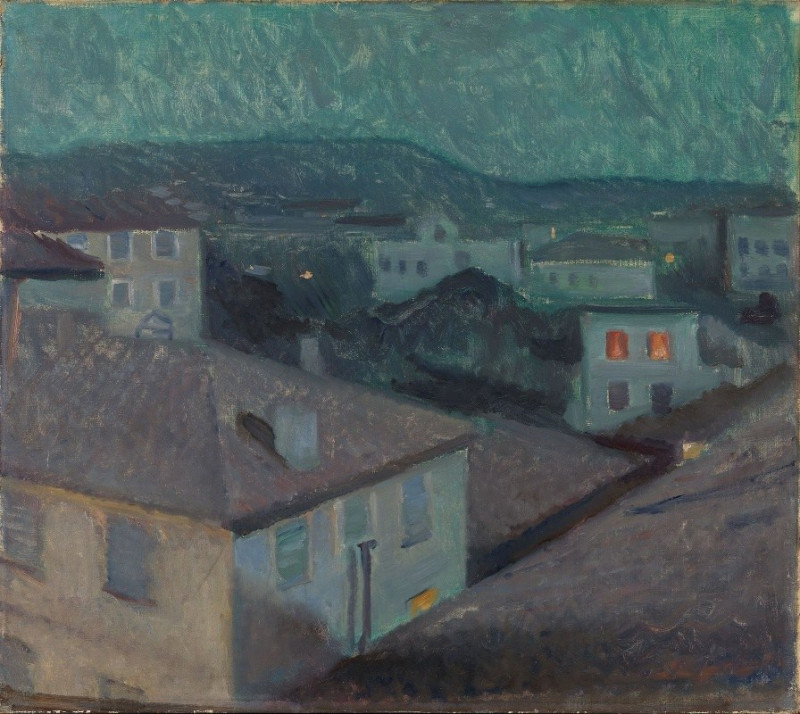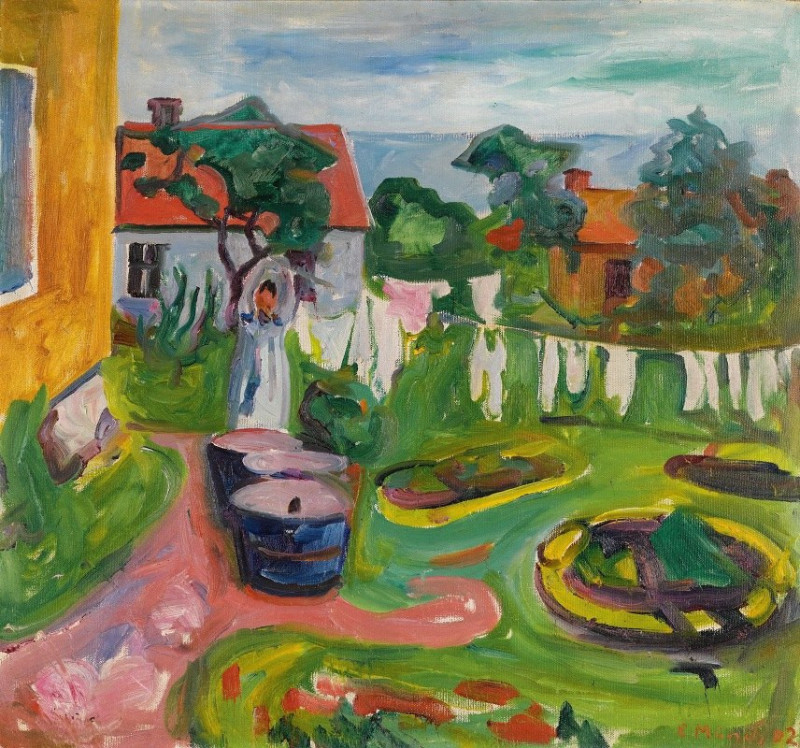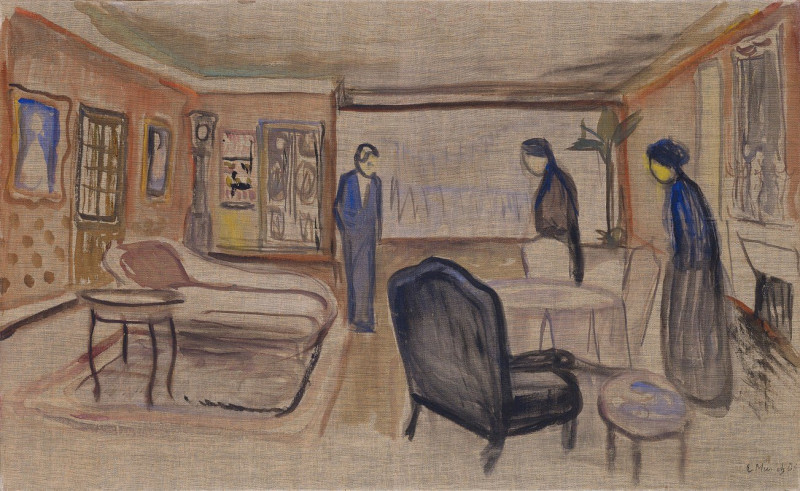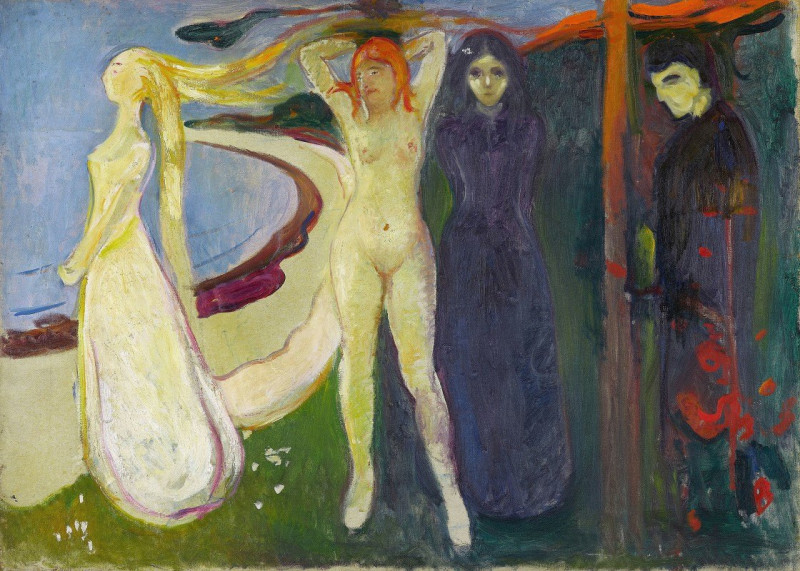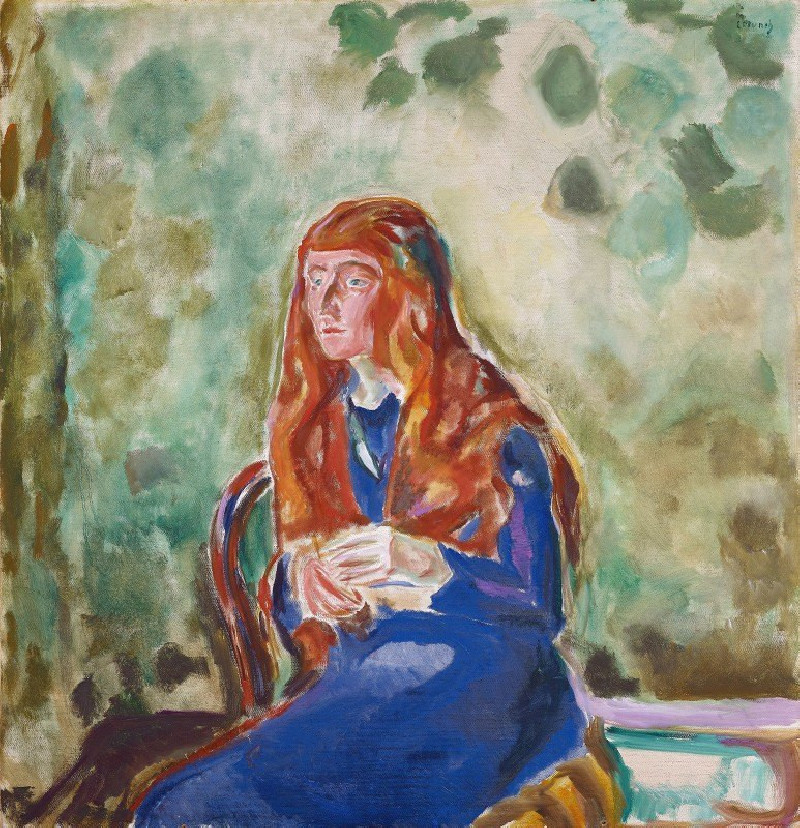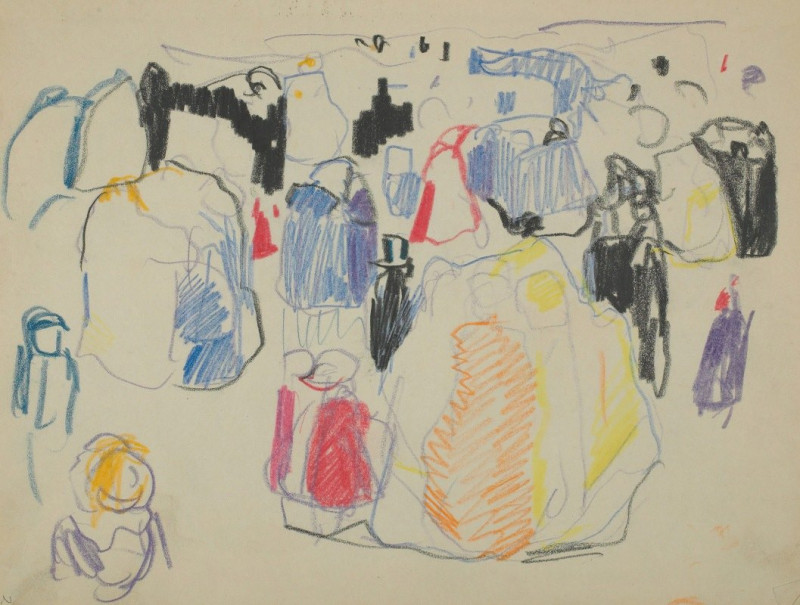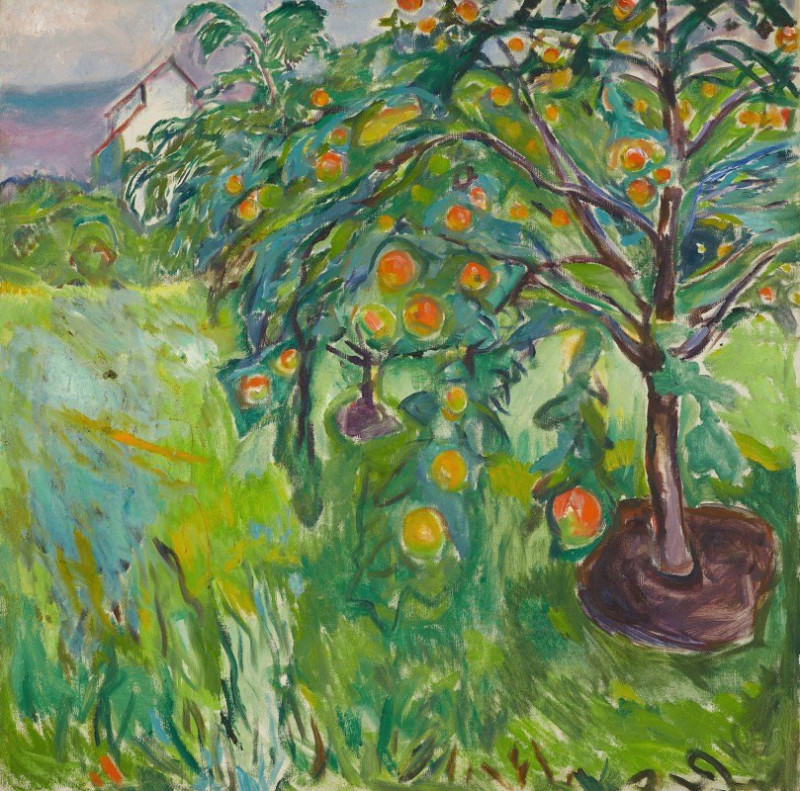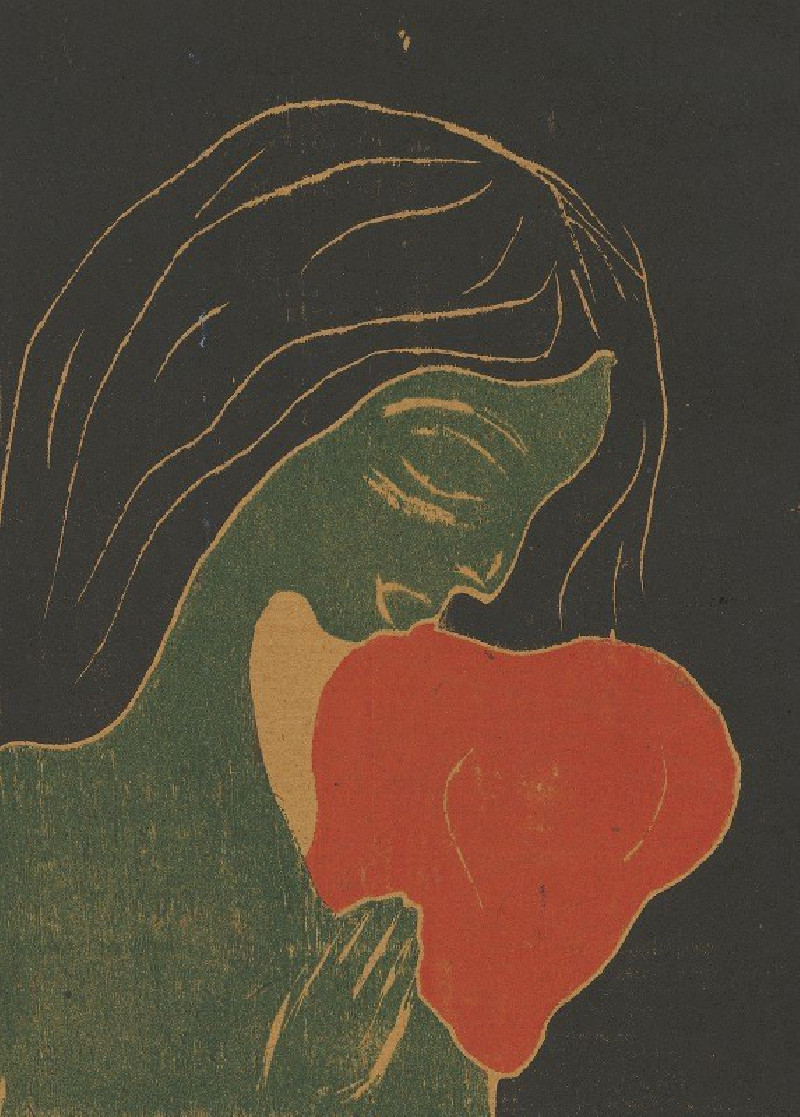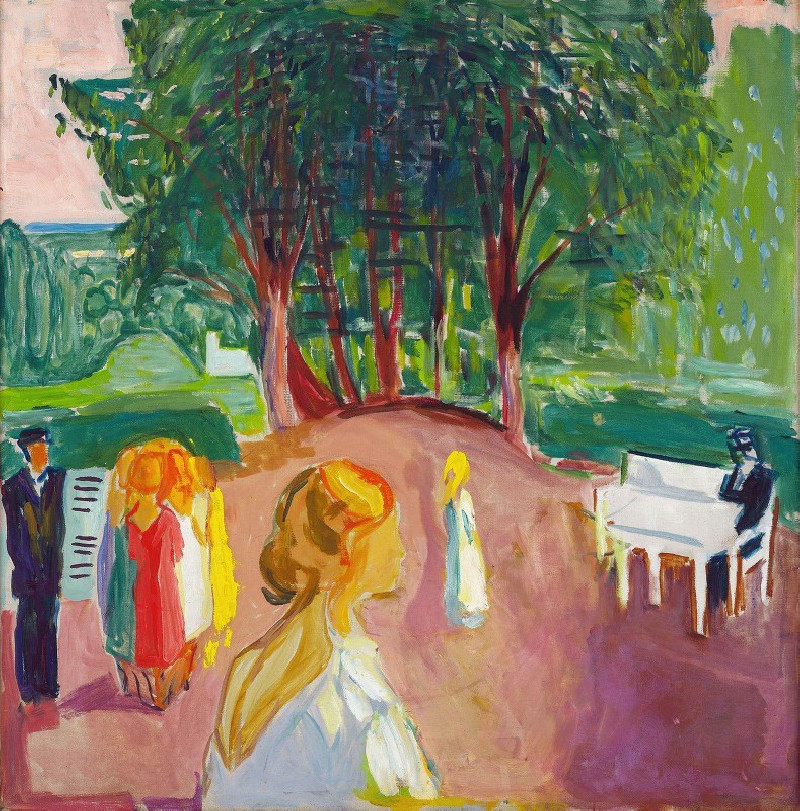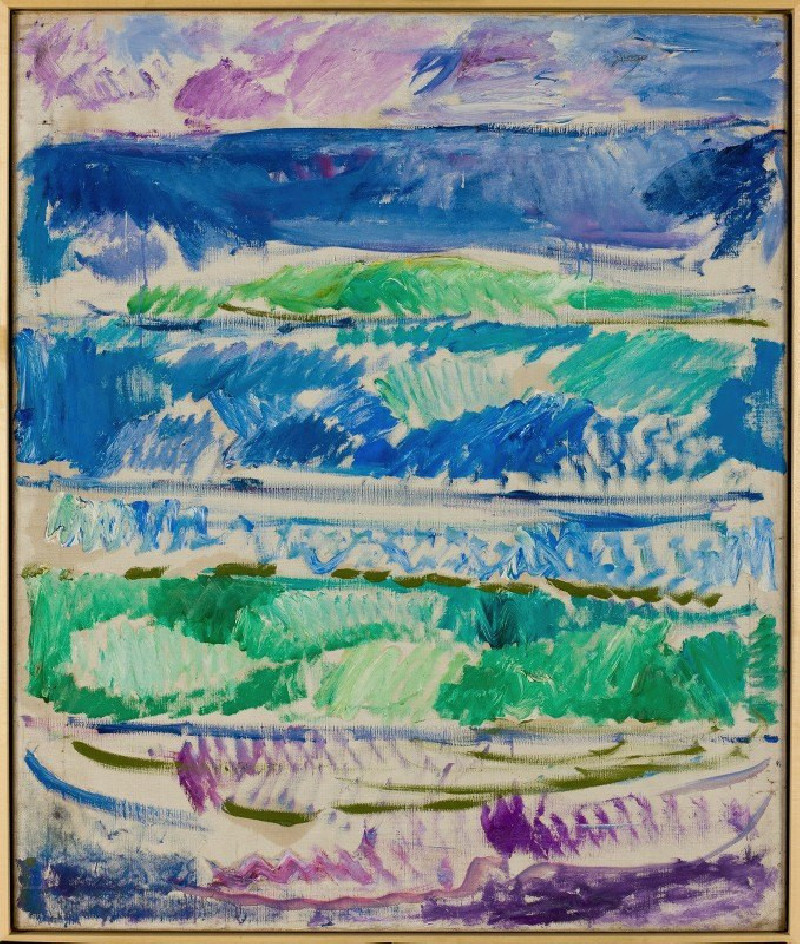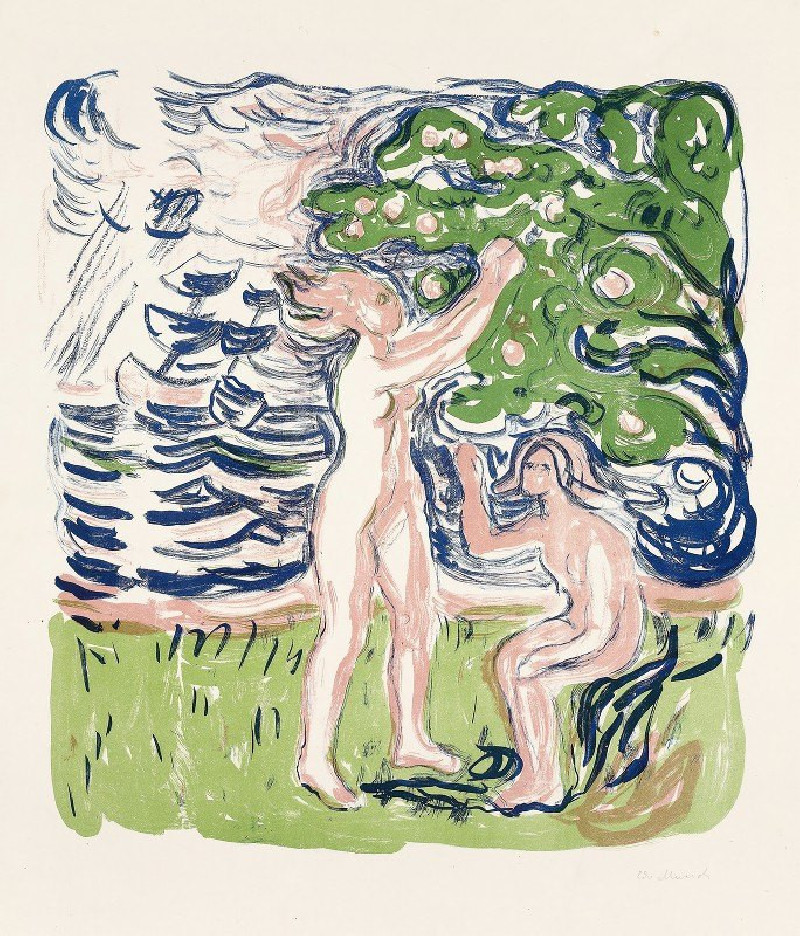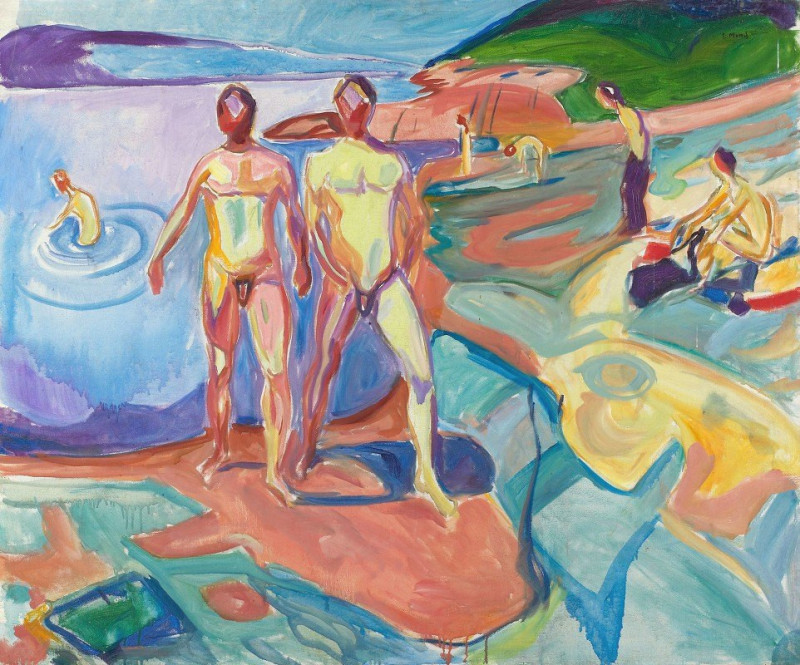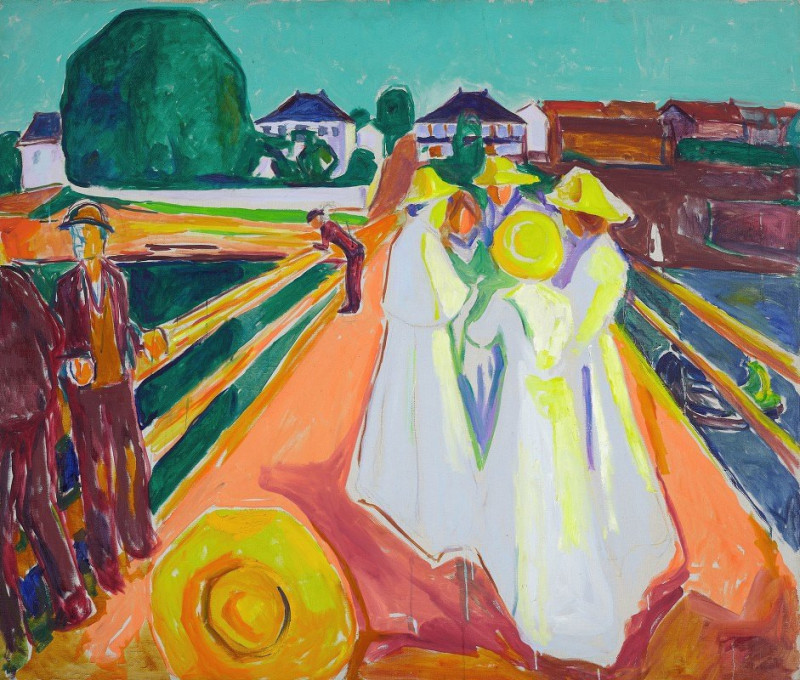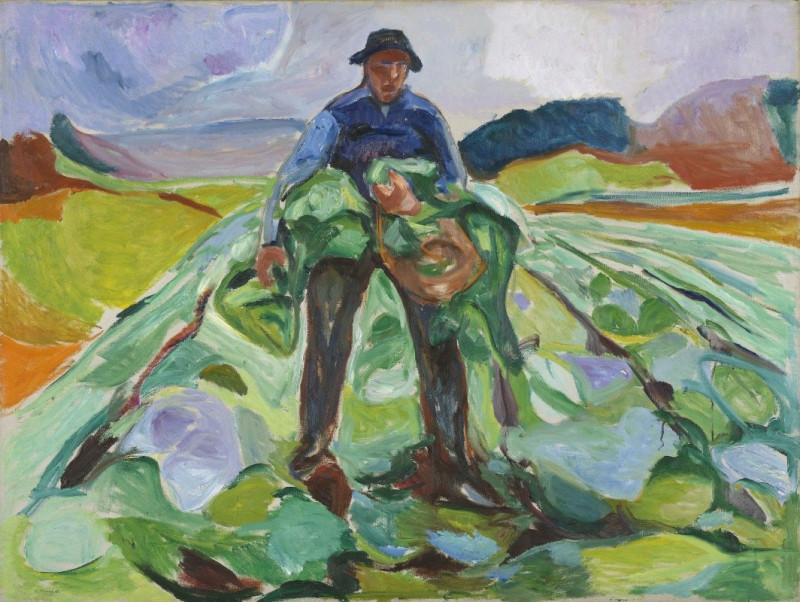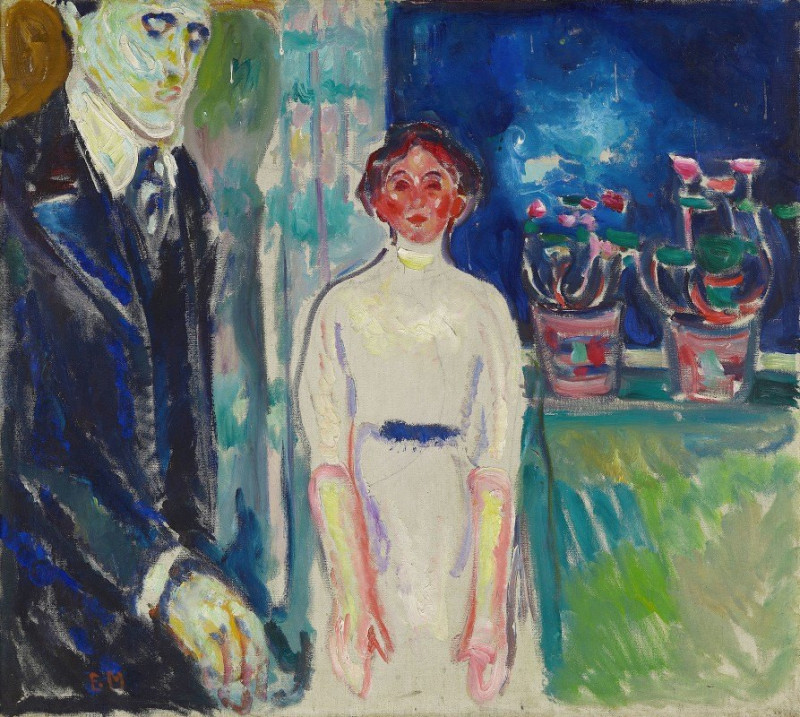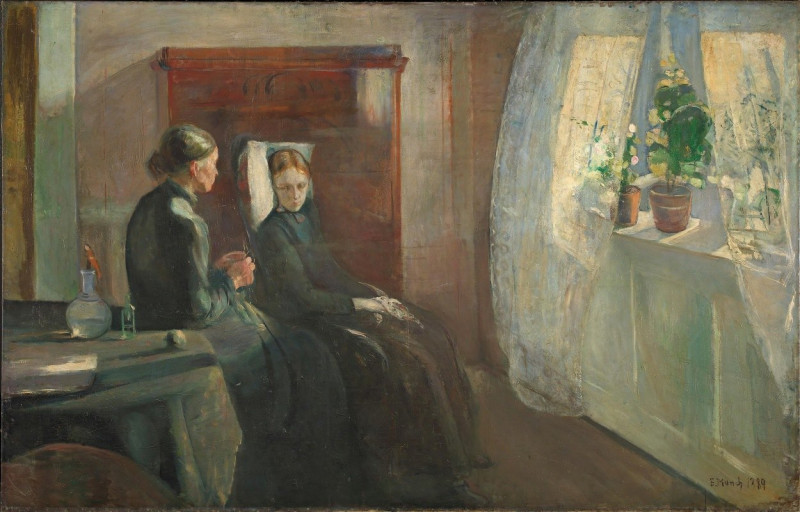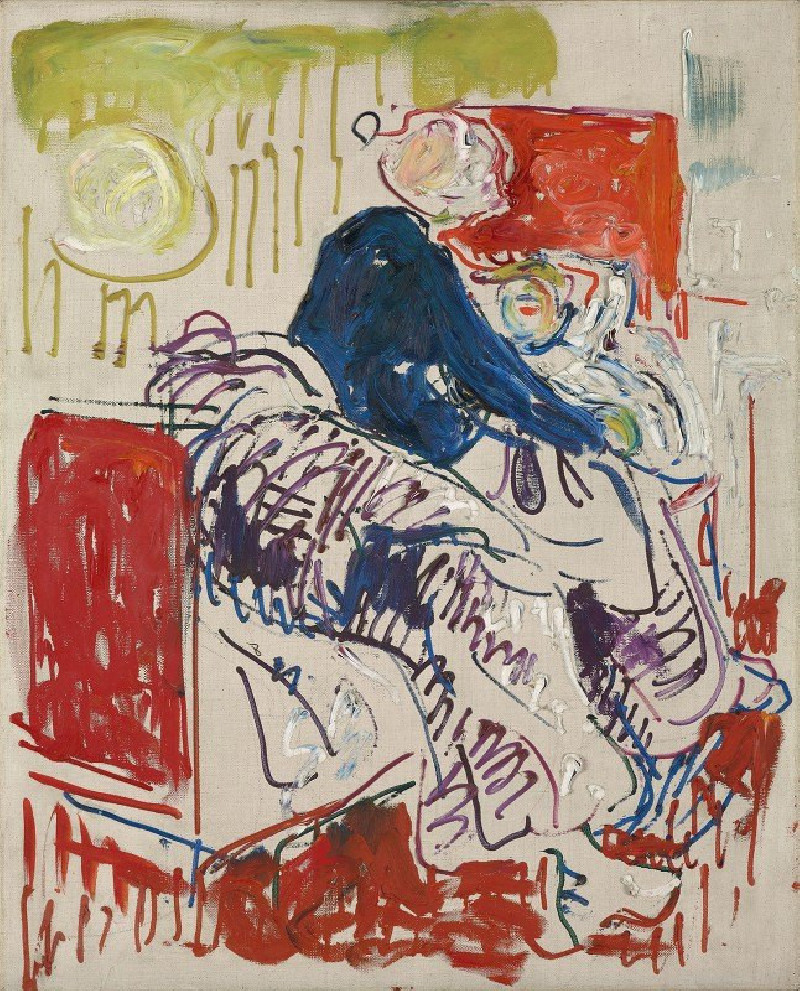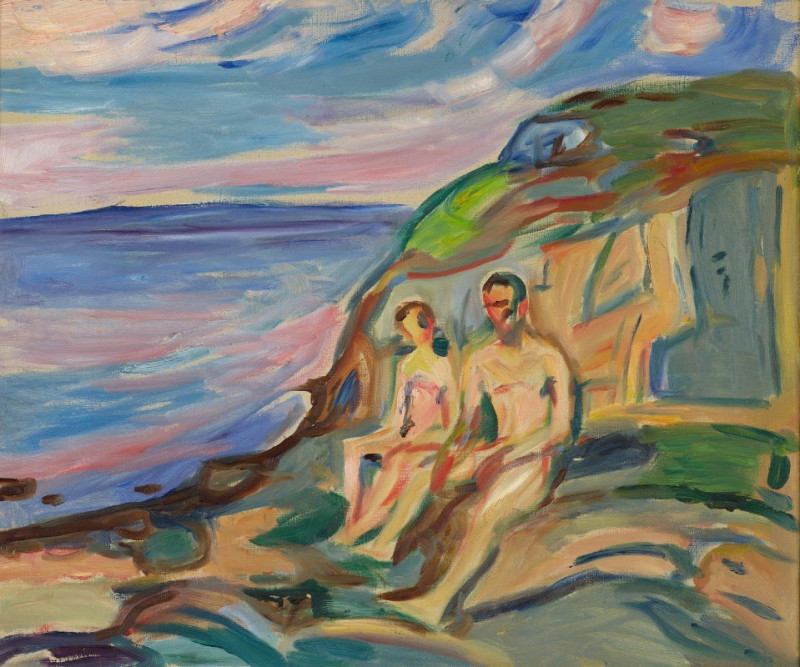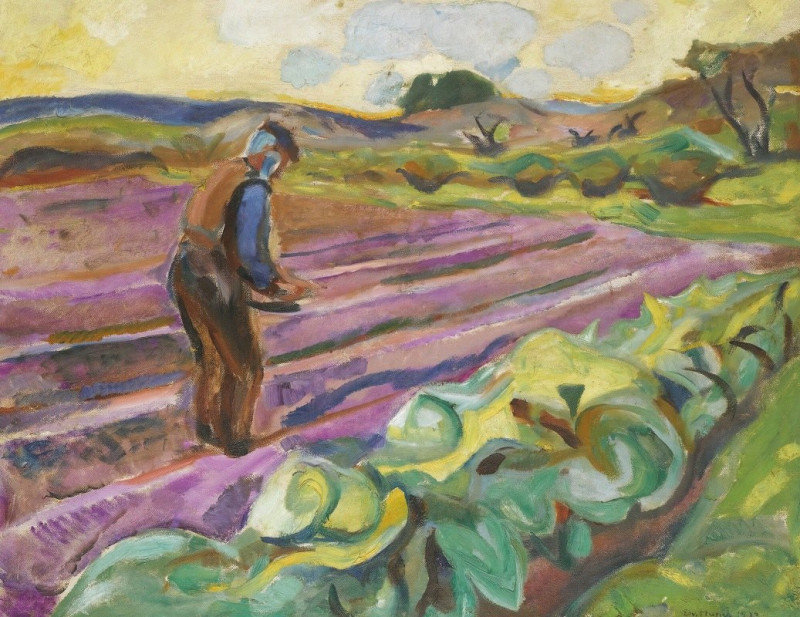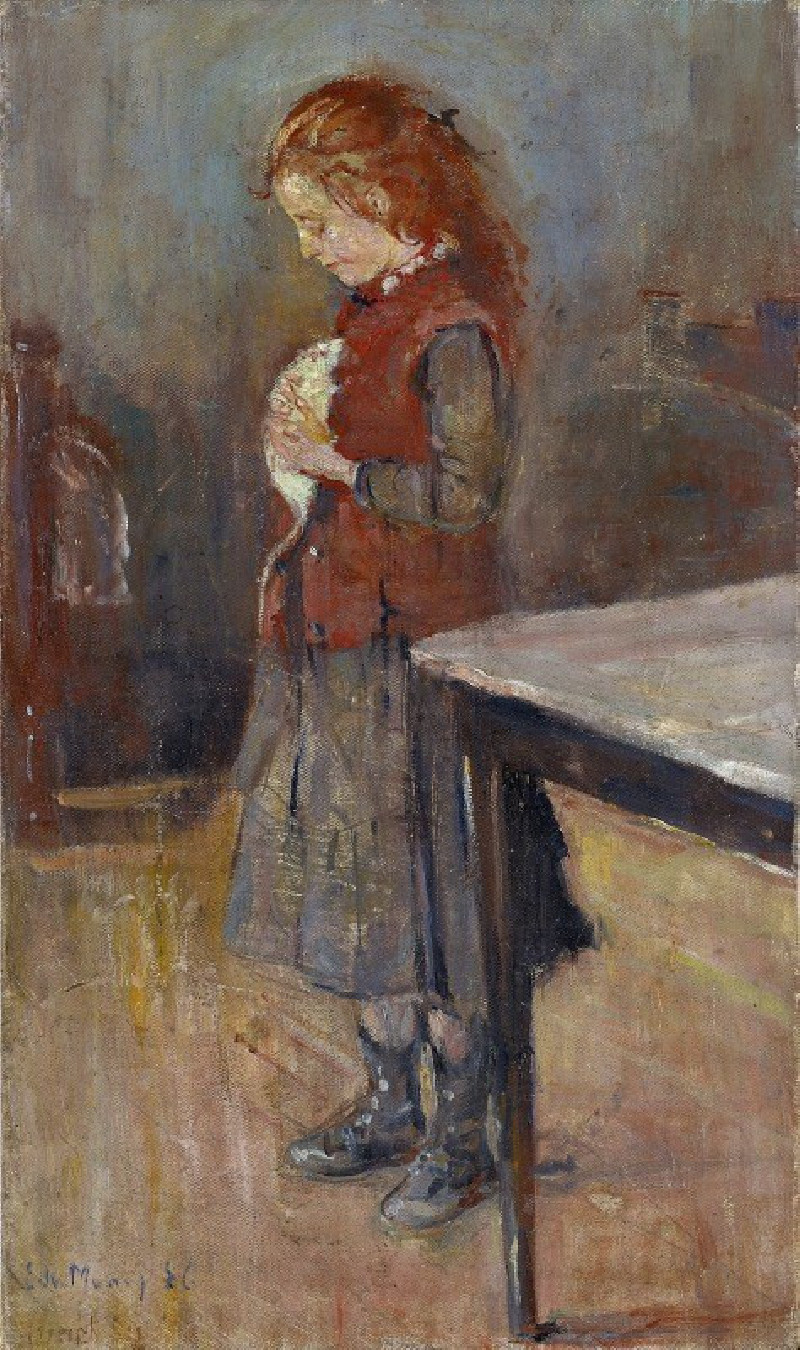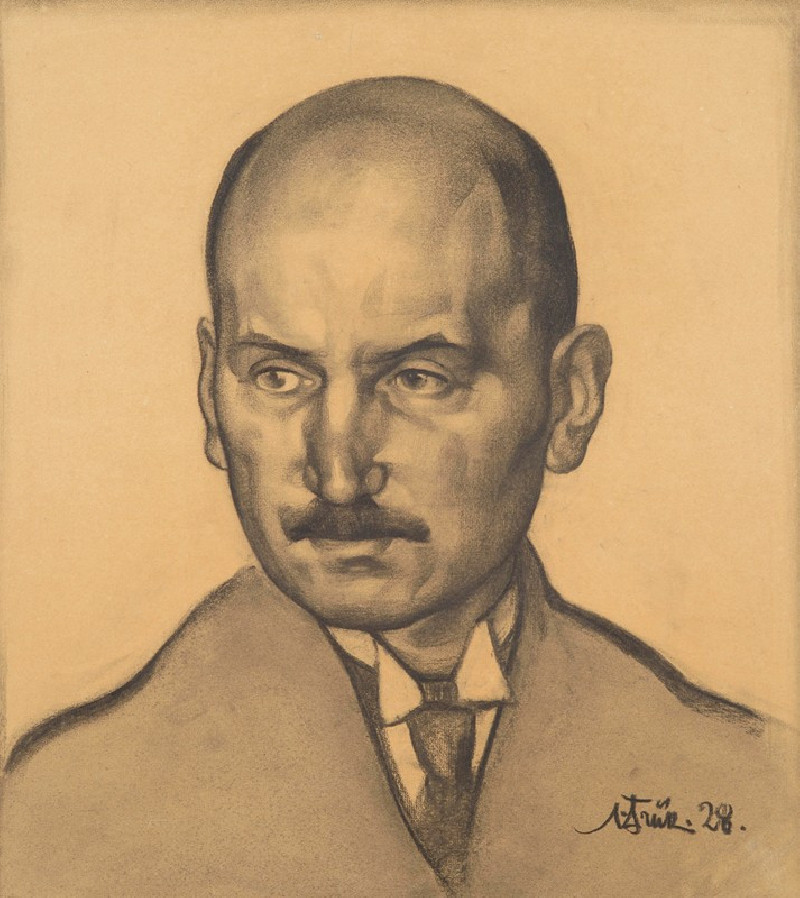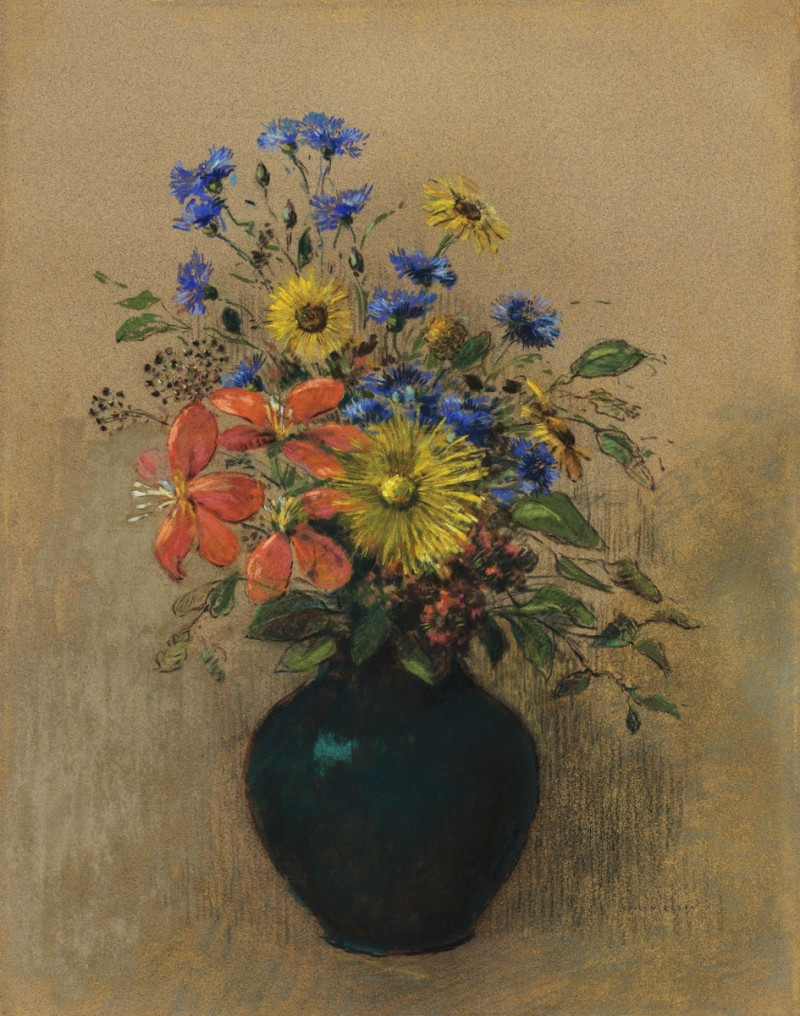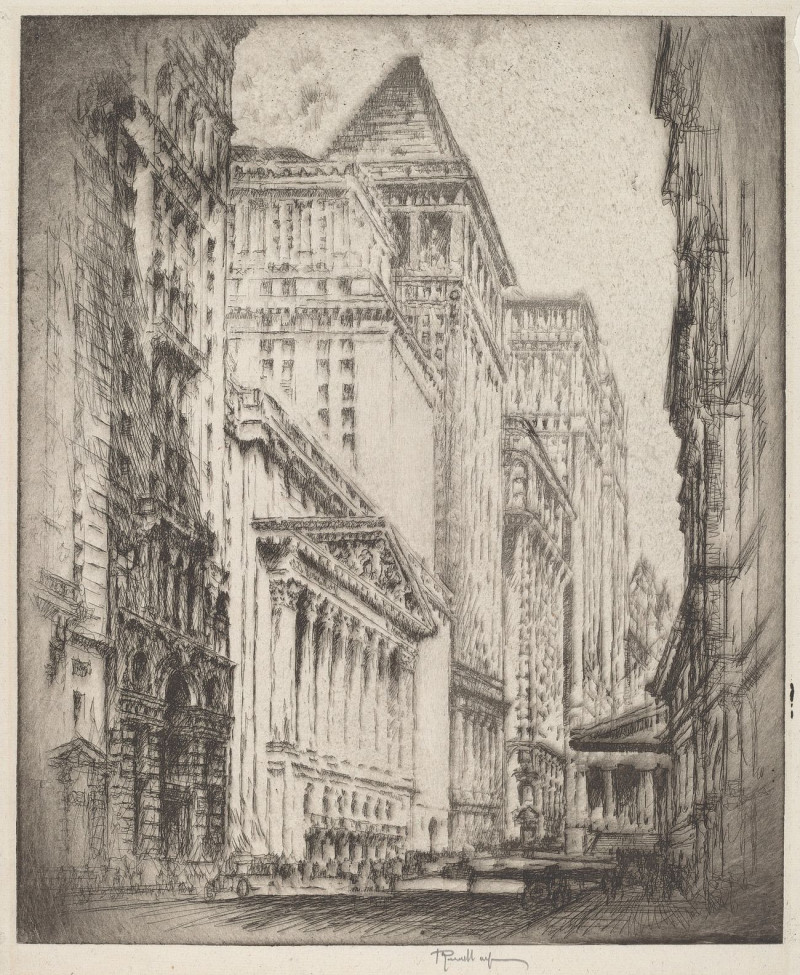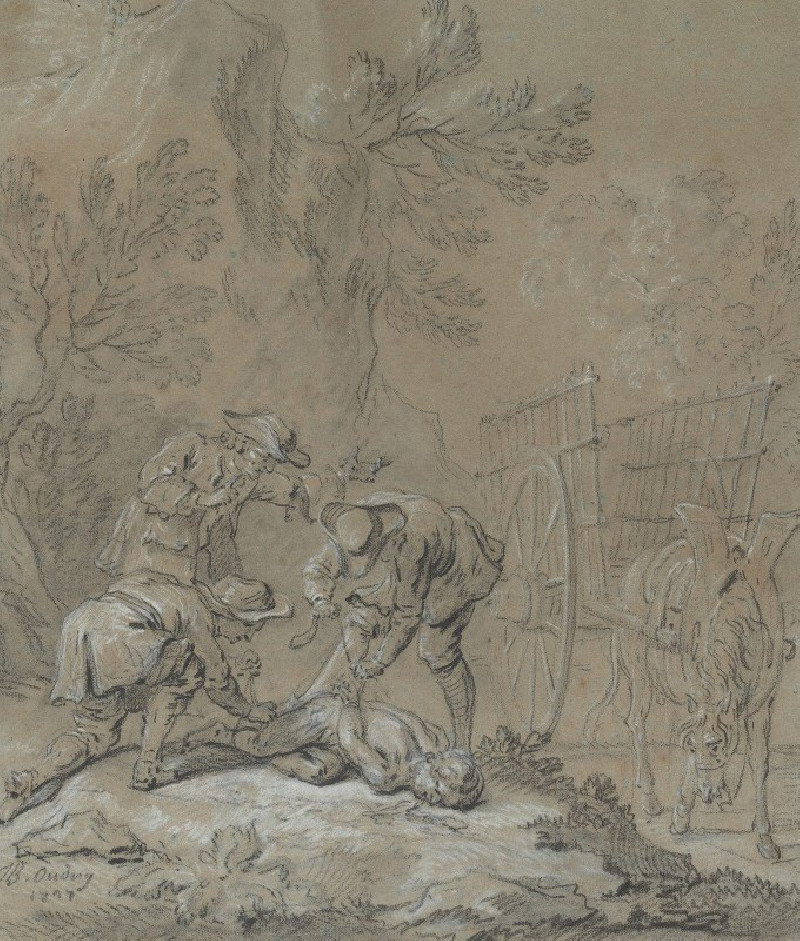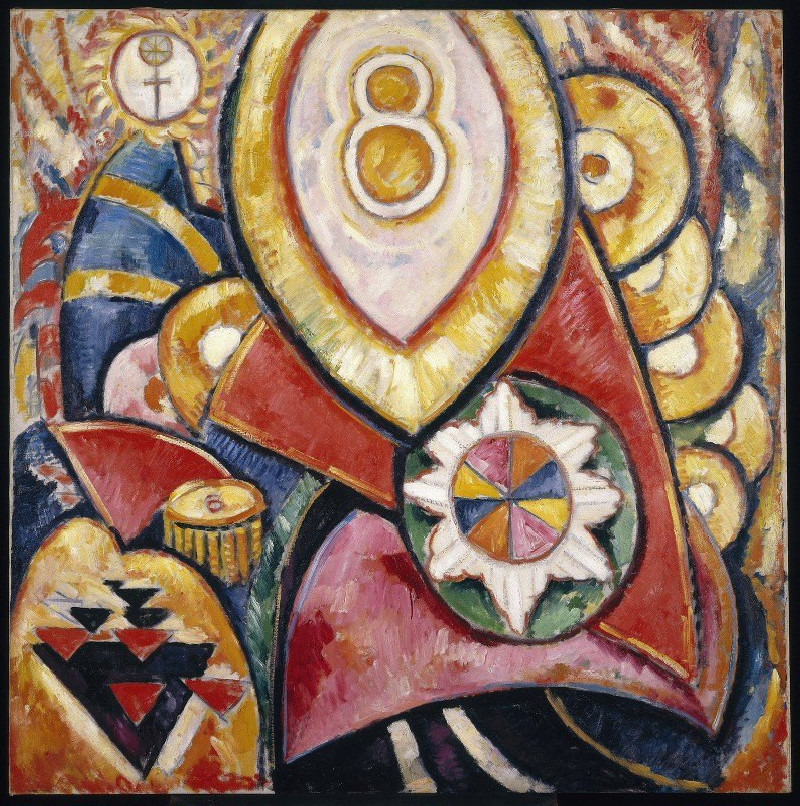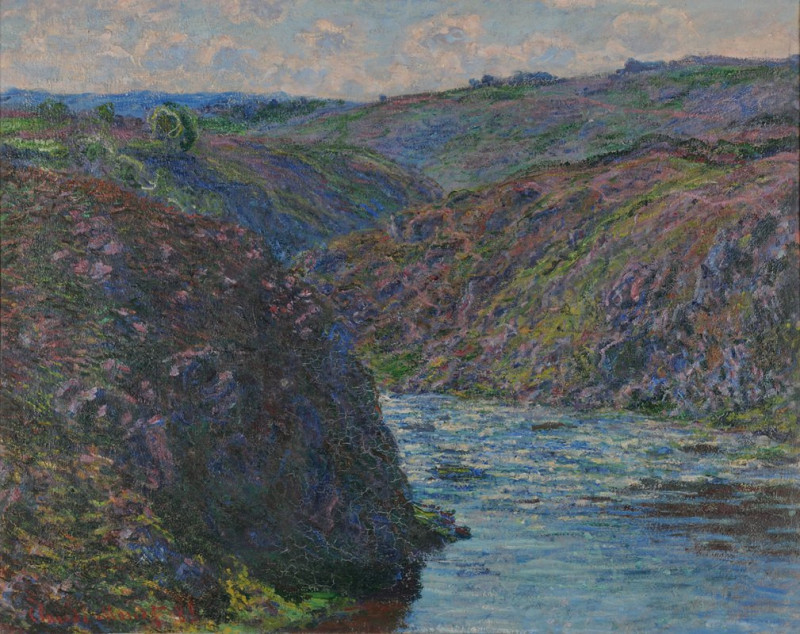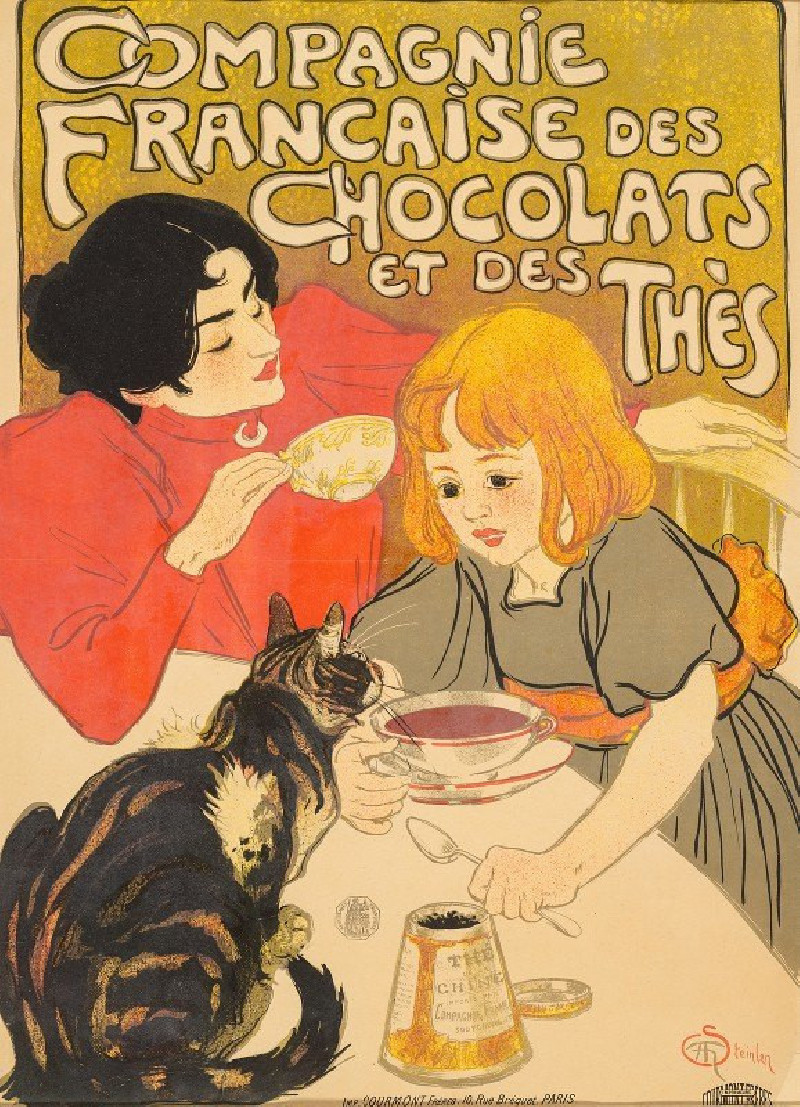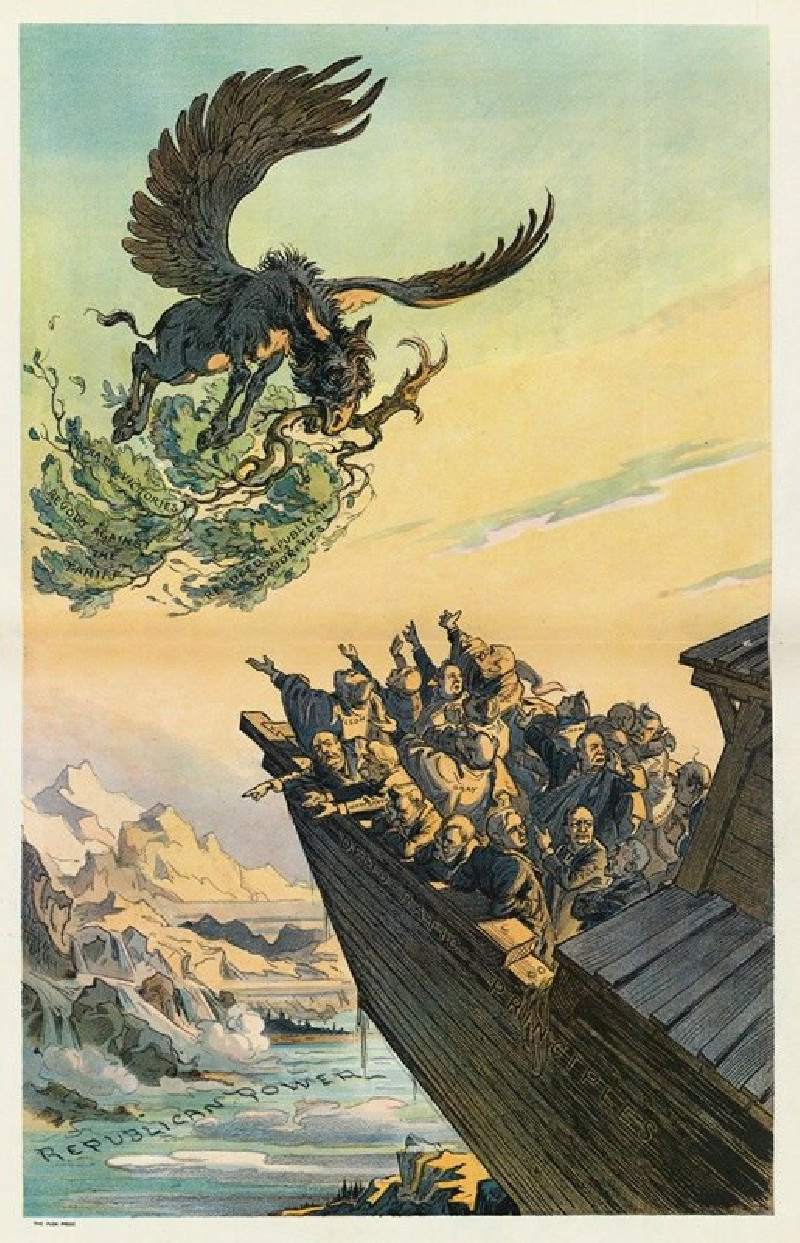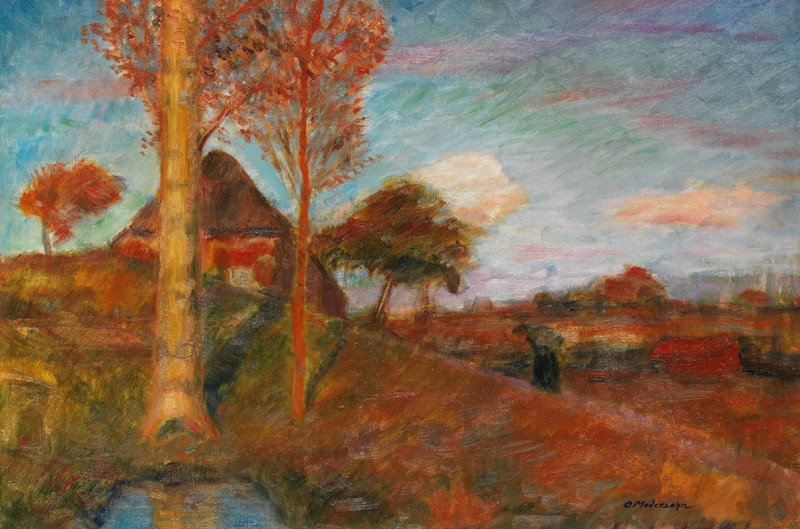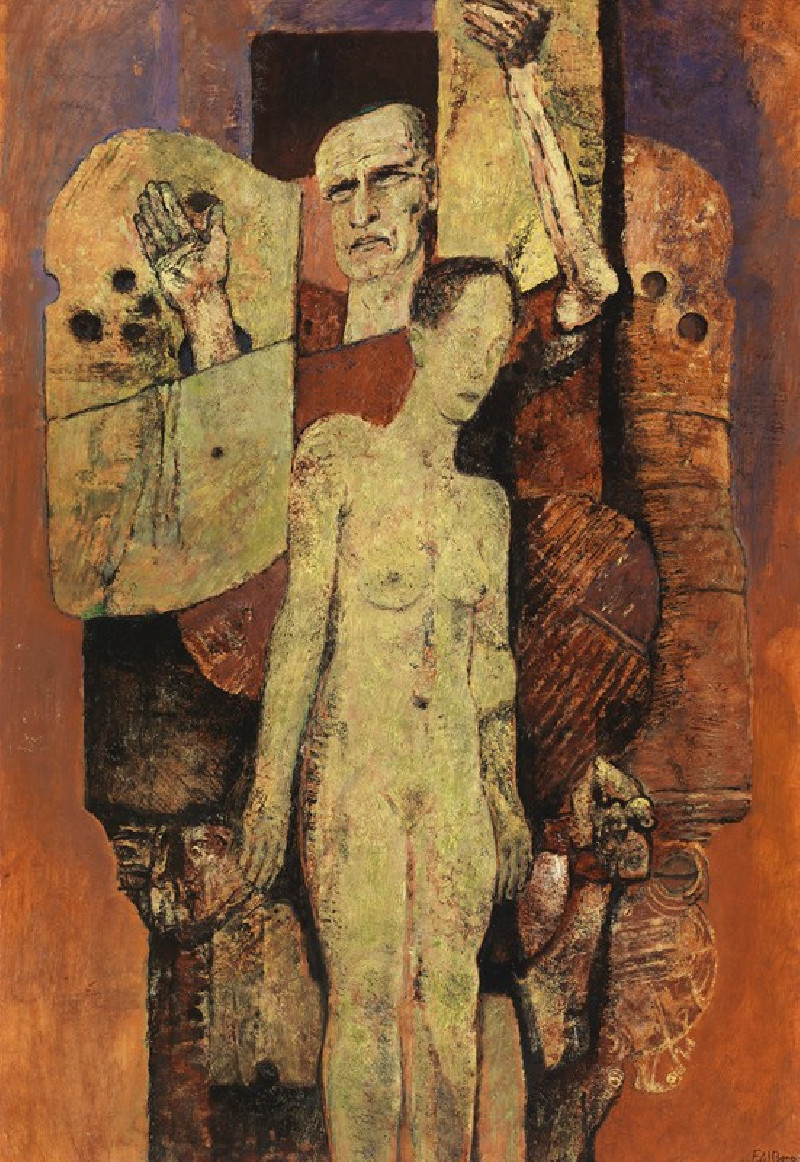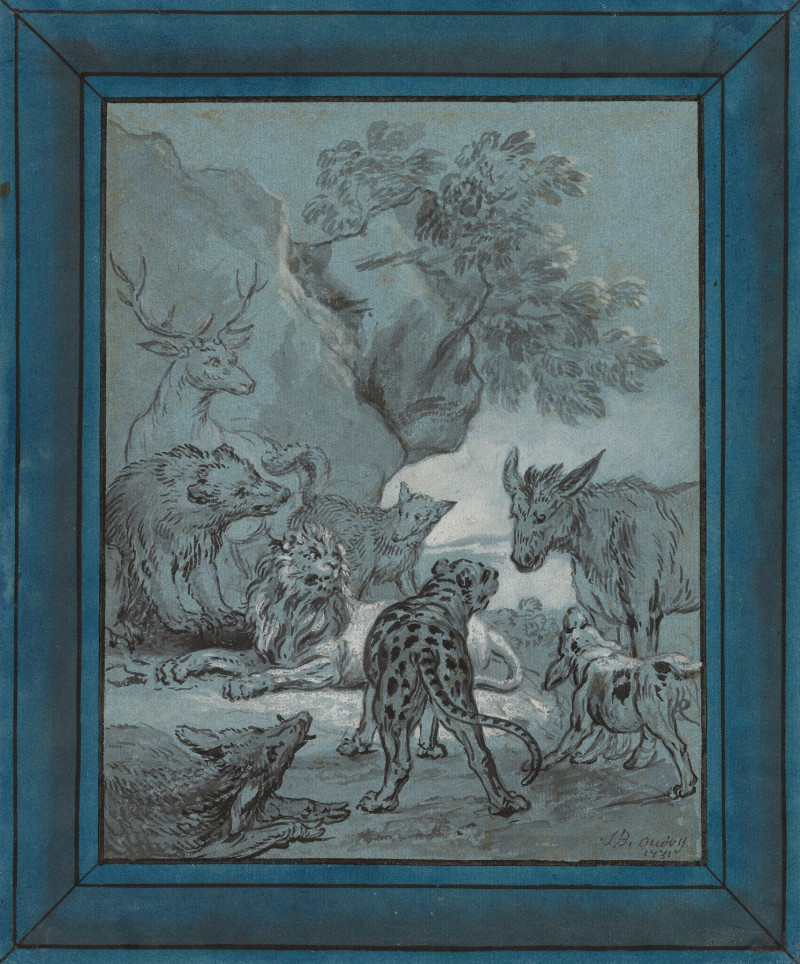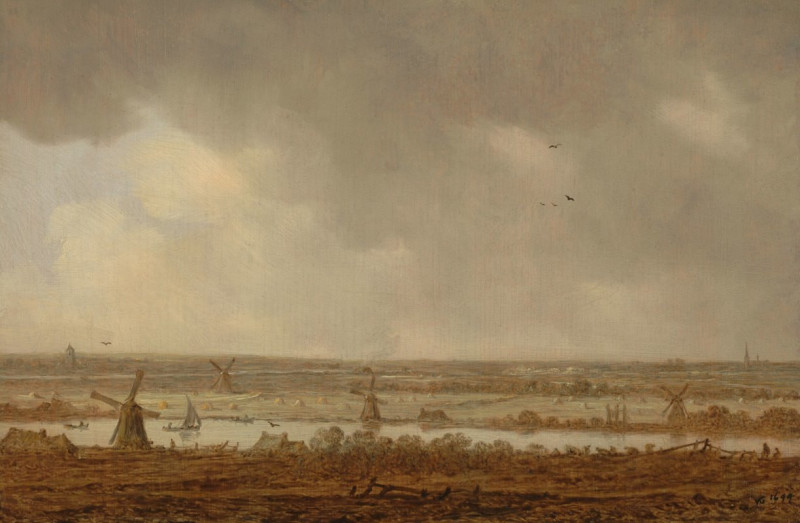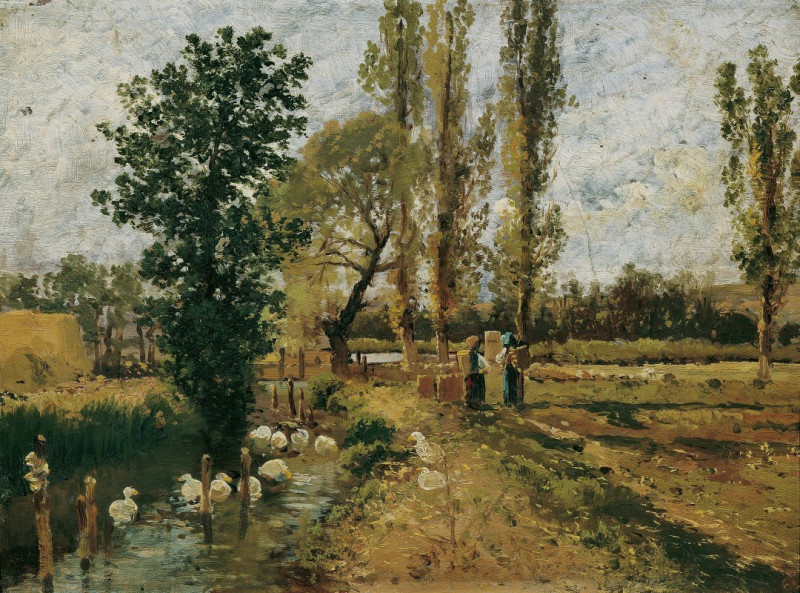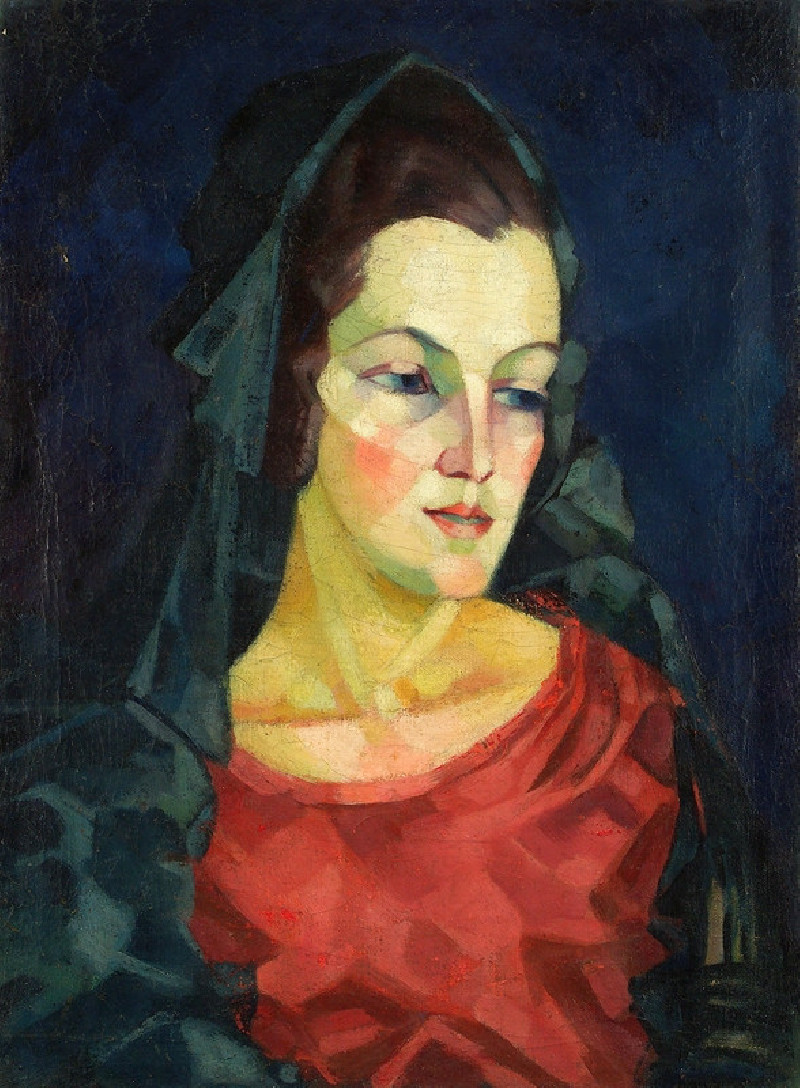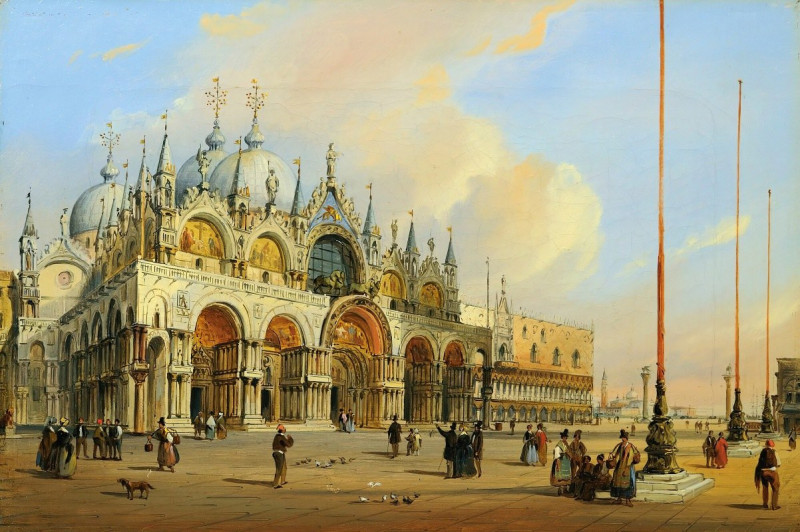Night in Nice (1891)
Technique: Giclée quality print
Recommended by our customers
More about this artwork
"Night in Nice" by Edvard Munch captures a subdued nocturnal urban scene, portraying the essence of the city under the cover of darkness. The painting uses a palette of cool blues and muted greens to render the quiet of the night and to give the viewer a sense of calm and stillness. The perspective Munch employs is slightly elevated, looking over the rooftops of buildings that seem nestled close together, suggesting the compactness of urban living.The foreground features the dark, shadowy rooftops of houses which guide the viewer's eye towards the softly illuminated facades in the middle distance. Small patches of light from windows break the monotony, suggesting life continuing behind the scenes. The details in the architecture are not sharply defined, staying true to the impressionistic style that conveys mood and atmosphere over precise realism.In the background, the silhouette of a mountain or hill looms, barely distinguishable from the dark sky. This element not only adds depth to the composition but also reinforces a sense of isolation and quiet, contrasting with the implied human activity in the foreground structures. The entire scene is enveloped in a dreamlike quality, typical of Munch’s work, where emotions and sensations are prioritized over detailed visual description.Overall, the painting evokes a feeling of solitude and tranquility, capturing a moment of night where time seems to stand still, allowing the viewer to ponder and reflect.
Delivery
Returns
Edvard Munch (12 December 1863 – 23 January 1944) was a Norwegian painter. His best known work, The Scream (1893), has become one of Western art's most iconic images.
His childhood was overshadowed by illness, bereavement and the dread of inheriting a mental condition that ran in the family. Studying at the Royal School of Art and Design in Kristiania (today's Oslo), Munch began to live a bohemian life under the influence of the nihilist Hans Jæger, who urged him to paint his own emotional and psychological state ('soul painting'); from this emerged his distinctive style.

